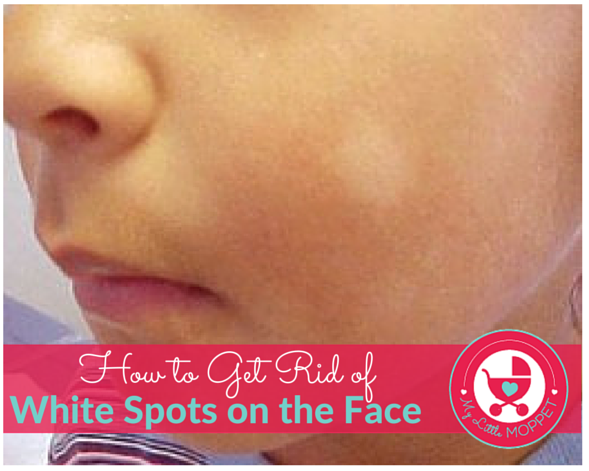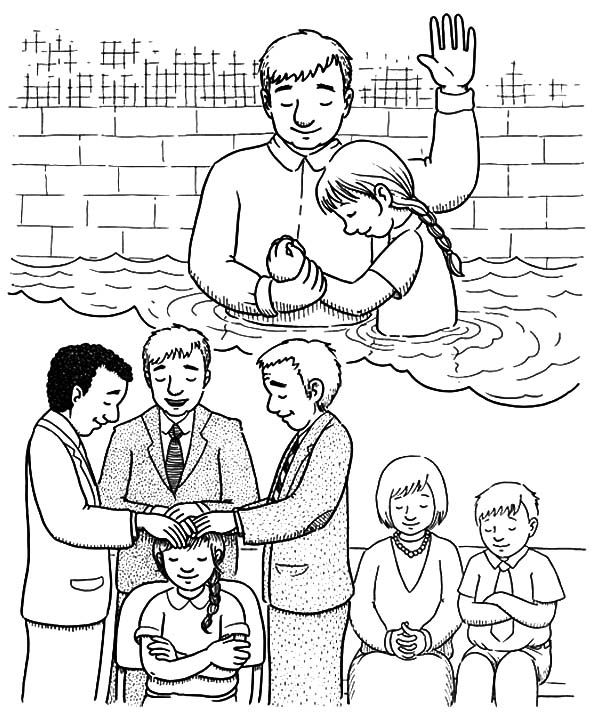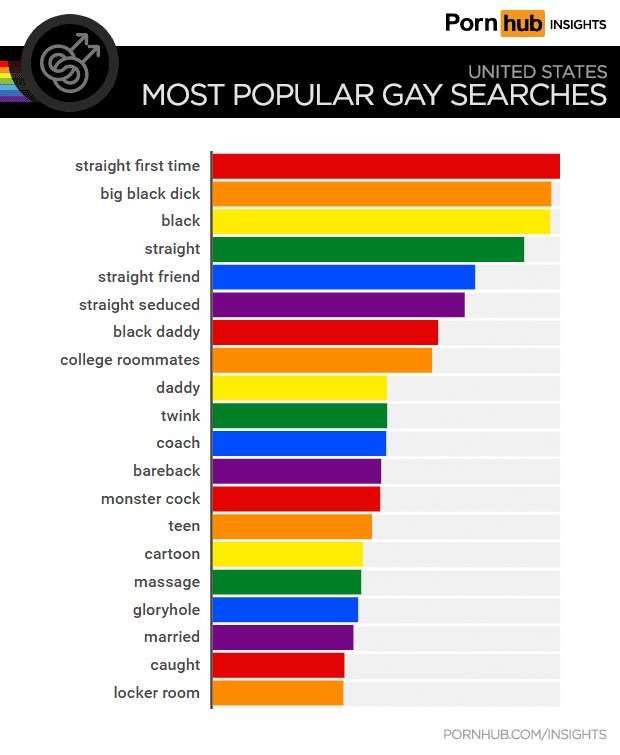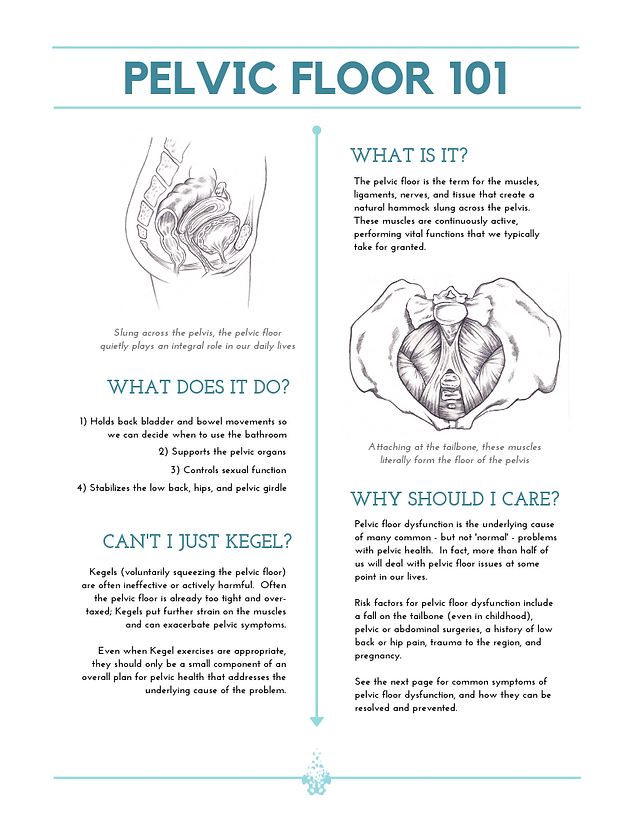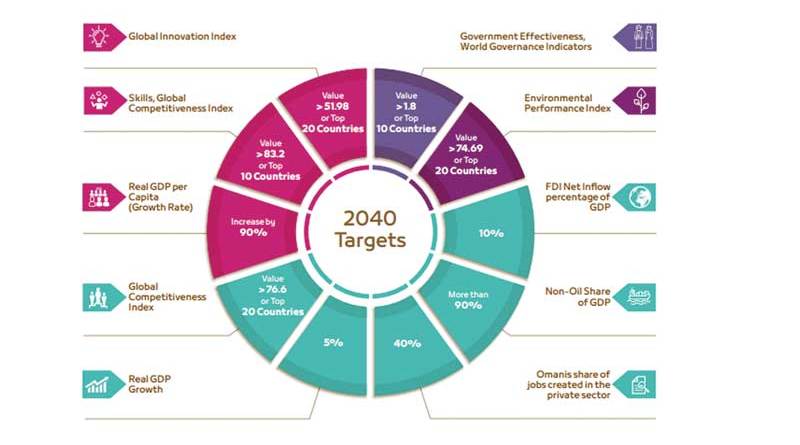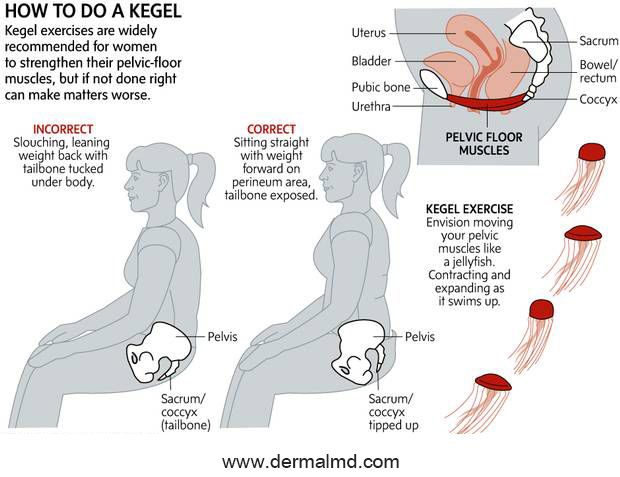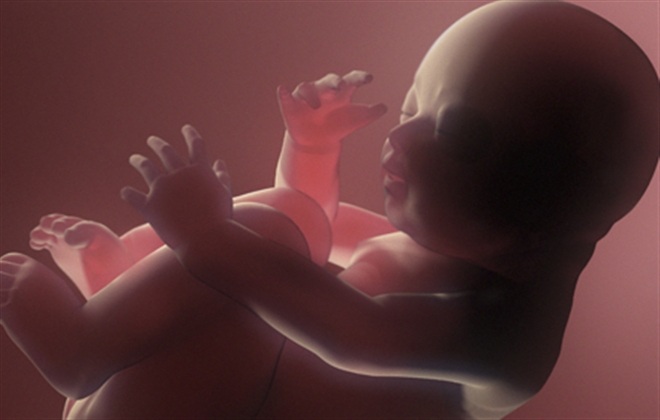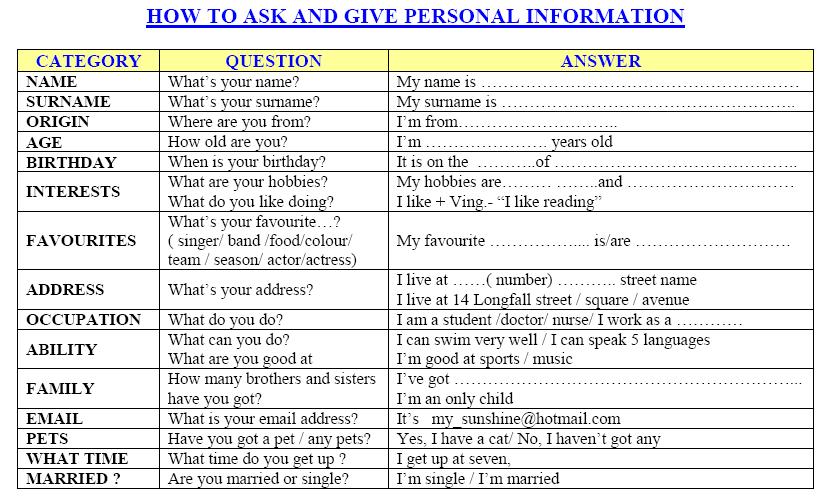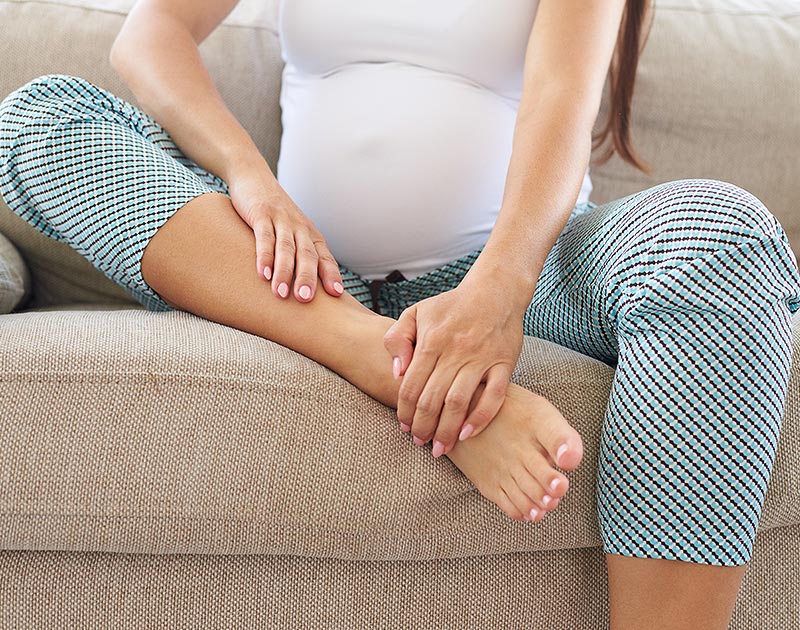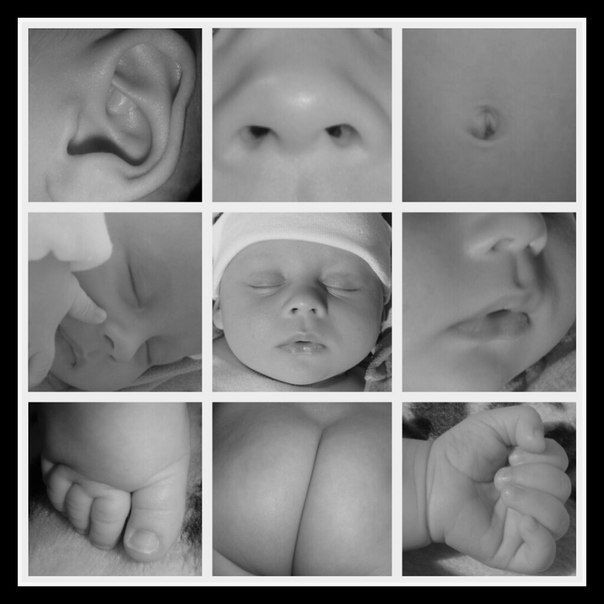Infant spots on face
Is It Baby Acne, a Rash, or Something Else?
Even adults can find it difficult to identify their skin issues. Everyone’s skin is different, and the way rashes and acne flare up can vary. Babies can’t tell you what they’re feeling, so you’ll have to go on looks alone.
Read on to learn about some of the most common skin issues that babies face and how you can treat them at home.
Baby acne usually develops about 2 to 4 weeks after birth. Tiny red or white bumps appear on the baby’s cheeks, nose, and forehead. The cause is unknown. It typically clears up on its own in about 3 to 4 months without leaving marks.
To treat baby acne, don’t use any of the over-the-counter acne products you’d use on yourself. These can damage your baby’s delicate skin.
Regular home care should be enough to treat baby acne:
- Wash your baby’s face daily with warm water. You may also try a gentle, unscented soap.
- Do not scrub hard or pinch irritated areas.
- Avoid lotions and oily face products.
If you’re concerned that your baby’s acne isn’t going away, their doctor can recommend or prescribe safe treatments.
Eczema is a skin condition that causes a dry, red, itchy, and sometimes painful rash. It’s more common in children and often develops in the first 6 months of life. The condition can continue as the child gets older, or they may grow out of it.
In babies up to 6 months old, eczema often appears on the cheeks or forehead. As the baby gets older, the rash may move to the elbows, knees, and skin creases.
Eczema flares up when the skin is dry or when the skin comes into contact with an allergen or irritant, such as:
- pet dander
- dust mites
- detergent
- household cleaner
Drooling can also irritate eczema around the chin or mouth.
There’s no cure for eczema, but there are ways to manage your baby’s symptoms:
- Give your baby short, lukewarm baths (between 5 and 10 minutes) and use an unscented or gentle soap on the affected areas.
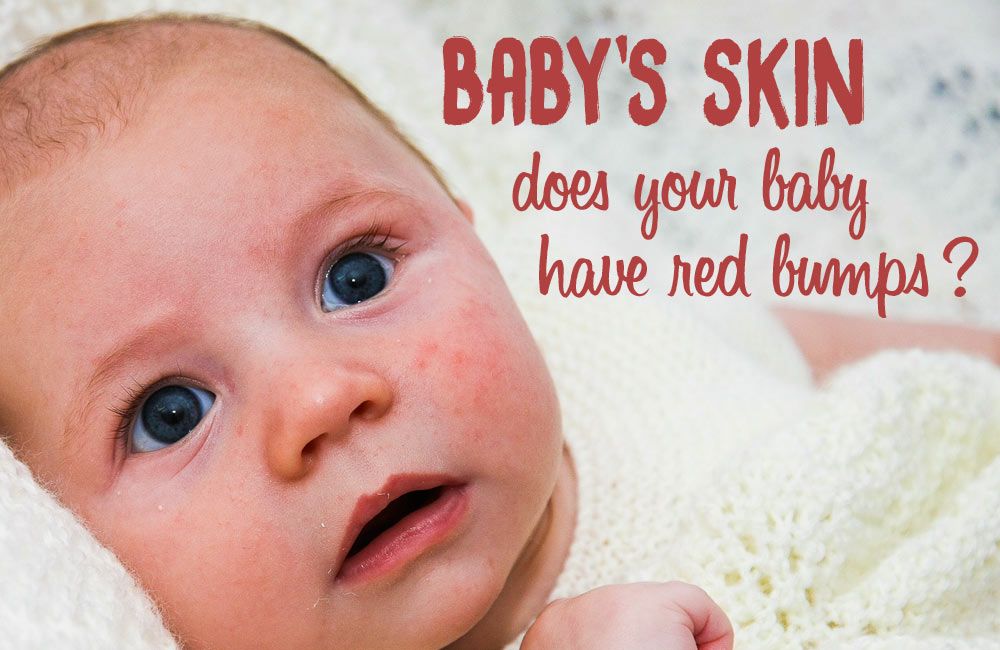
- Use a thick, unscented cream or ointment as a moisturizer twice a day.
- Use fragrance-free laundry detergent designed for sensitive skin.
Your baby’s pediatrician may be able to prescribe a steroid ointment to help reduce inflammation. Use this as directed by their doctor.
Milia are tiny white bumps on a newborn’s nose, chin, or cheeks that look similar to acne. They can also appear on the baby’s arms and legs. The bumps are caused by dead skin flakes becoming trapped near the skin’s surface. Like baby acne, milia go away without treatment.
However, you can use the same at-home care:
- Wash your baby’s face daily with plain water or if needed, an unscented or gentle soap.
- Do not scrub hard or pinch the irritated areas.
- Avoid lotions or oily face products.
Cradle cap looks like scaly, yellowish, crusty patches on the baby’s head. Depending on your baby’s skin tone, the patches may appear yellowish, brown, purple, or grey.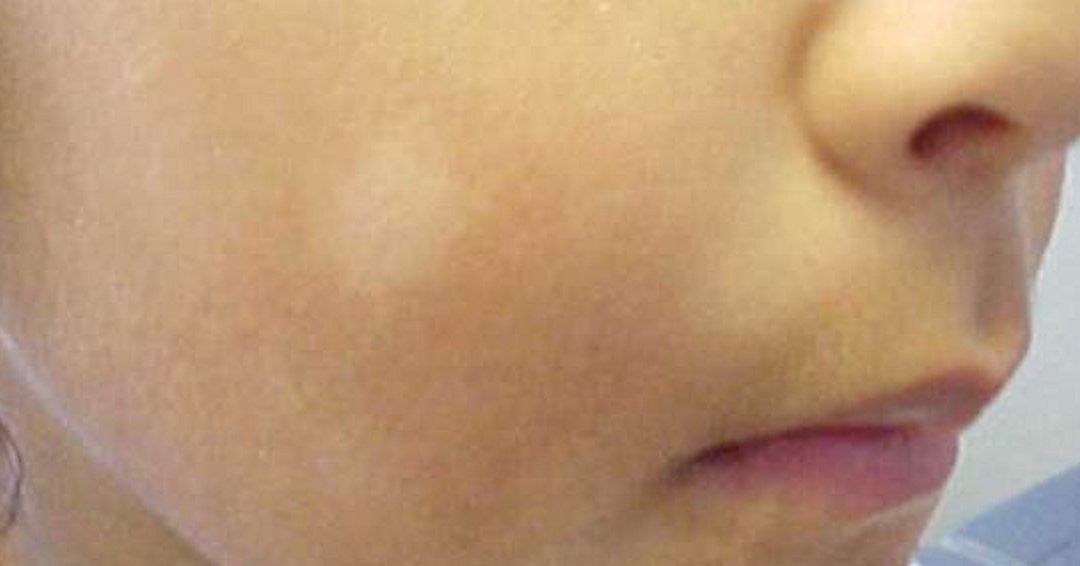
Cradle cap usually develops when a baby is 2 or 3 months old. There may also be redness surrounding the patches. This rash may also appear on the baby’s:
- face
- eyebrows
- neck
- ears
- armpits
Cradle cap is not harmful to your baby. It’s not itchy like eczema. It’ll go away on its own in a few weeks or months without treatment.
Some things you can do at home to manage cradle cap are:
- Wash your baby’s hair and scalp with a gentle shampoo.
- Brush scales out with a soft-bristled hairbrush.
- Avoid washing hair too often, as it’ll dry out the scalp.
- Use baby oil to soften the scales so they’re easier to brush out.
Heat rash is caused when sweat gets trapped under the skin because of blocked pores. It’s usually caused by exposure to hot or humid weather. When a baby gets heat rash, they develop tiny, red, fluid-filled blisters. These can appear on the:
- neck
- shoulders
- chest
- armpits
- elbow creases
- groin
The rash generally goes away within a few days without treatment.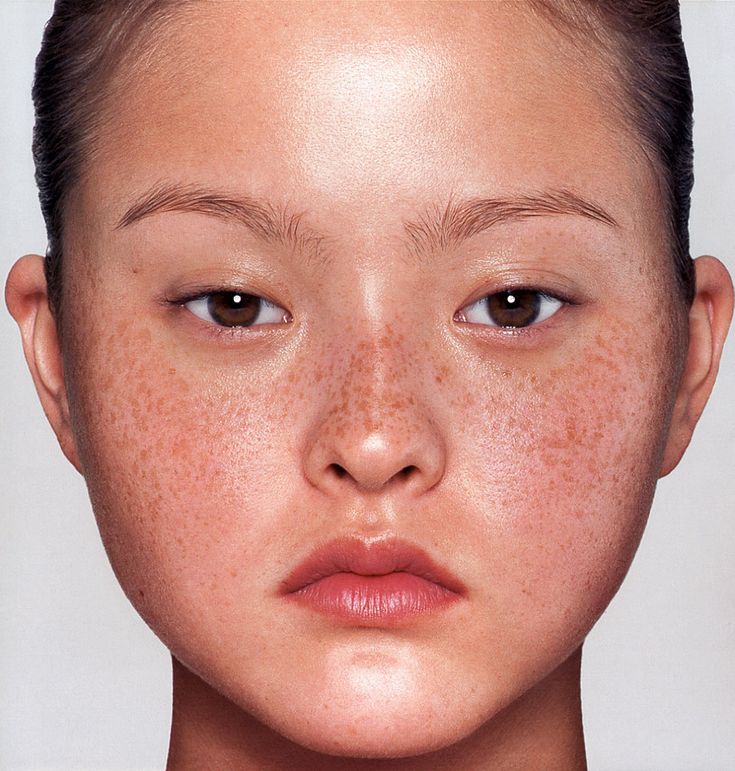 However, see your baby’s doctor if they develop a fever or if the rash:
However, see your baby’s doctor if they develop a fever or if the rash:
- does not go away
- looks worse
- gets infected
To avoid overheating, dress your baby in loose-fitting cotton clothing during hot summer months. Take off extra layers if they get too hot in cooler weather.
Hand, foot, and mouth disease (HFMD) is a highly contagious viral infection. HFMD commonly causes blisters or sores to appear in or around the mouth or on the hands or feet. The rash may be seen in one or more of these locations.
The rash looks like red blisters or bumps. As the disease progresses, the sores may crust over. The spots may be harder to identify on darker skin tones.
While it can occur in anyone, it’s more commonly seen in children under 5 years old.
Additional symptoms may include:
- fever
- decreased appetite
- general malaise
- drooling
- irritability
- sore throat
- headache
Because HFMD is a viral infection, there is no treatment.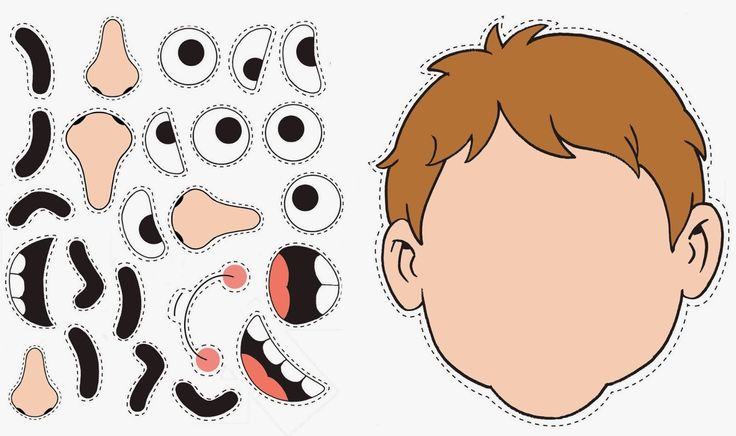 People typically recover within 7 to 10 days.
People typically recover within 7 to 10 days.
Talk with your baby’s pediatrician to determine if you can offer baby acetaminophen (Tylenol) to help make your child more comfortable while they recover. Your pediatrician may also recommend ibuprofen (Motrin) in babies 6 months and older.
A pediatrician may also be able to recommend over-the-counter or prescription topical ointments to help relieve pain from the sores.
Limit acidic or spicy foods, such as citrus, as these can irritate the sores. Instead, offer cold foods, like popsicles, to help soothe sores in the mouth. It’s also important to keep your child isolated and out of care settings until the sores have healed. HFMD is extremely contagious.
These skin conditions are generally harmless and usually go away on their own with little or no treatment. You can help your baby avoid irritating the area by keeping their nails short and putting soft cotton gloves or socks on them at night.
If you’re concerned or feel that your child may require medical intervention, talk with their pediatrician.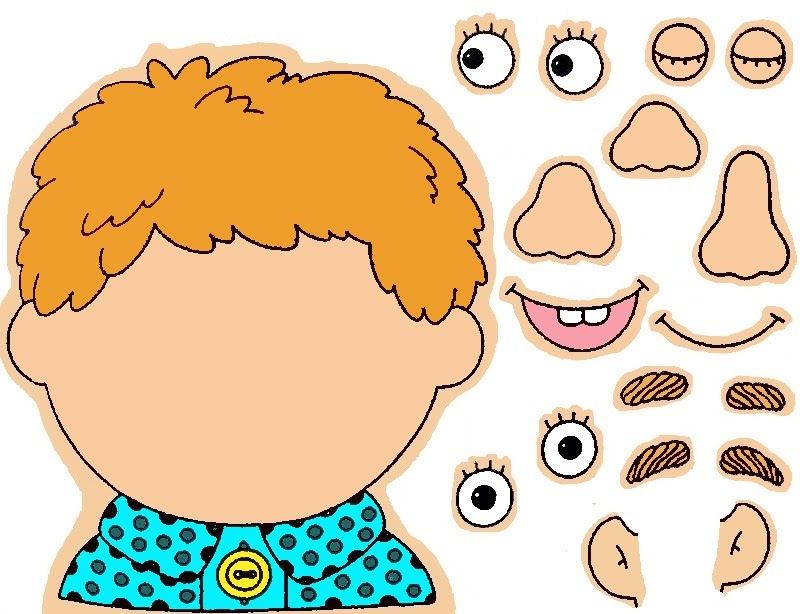
Is It Baby Acne, a Rash, or Something Else?
Even adults can find it difficult to identify their skin issues. Everyone’s skin is different, and the way rashes and acne flare up can vary. Babies can’t tell you what they’re feeling, so you’ll have to go on looks alone.
Read on to learn about some of the most common skin issues that babies face and how you can treat them at home.
Baby acne usually develops about 2 to 4 weeks after birth. Tiny red or white bumps appear on the baby’s cheeks, nose, and forehead. The cause is unknown. It typically clears up on its own in about 3 to 4 months without leaving marks.
To treat baby acne, don’t use any of the over-the-counter acne products you’d use on yourself. These can damage your baby’s delicate skin.
Regular home care should be enough to treat baby acne:
- Wash your baby’s face daily with warm water. You may also try a gentle, unscented soap.
- Do not scrub hard or pinch irritated areas.
- Avoid lotions and oily face products.

If you’re concerned that your baby’s acne isn’t going away, their doctor can recommend or prescribe safe treatments.
Eczema is a skin condition that causes a dry, red, itchy, and sometimes painful rash. It’s more common in children and often develops in the first 6 months of life. The condition can continue as the child gets older, or they may grow out of it.
In babies up to 6 months old, eczema often appears on the cheeks or forehead. As the baby gets older, the rash may move to the elbows, knees, and skin creases.
Eczema flares up when the skin is dry or when the skin comes into contact with an allergen or irritant, such as:
- pet dander
- dust mites
- detergent
- household cleaner
Drooling can also irritate eczema around the chin or mouth.
There’s no cure for eczema, but there are ways to manage your baby’s symptoms:
- Give your baby short, lukewarm baths (between 5 and 10 minutes) and use an unscented or gentle soap on the affected areas.
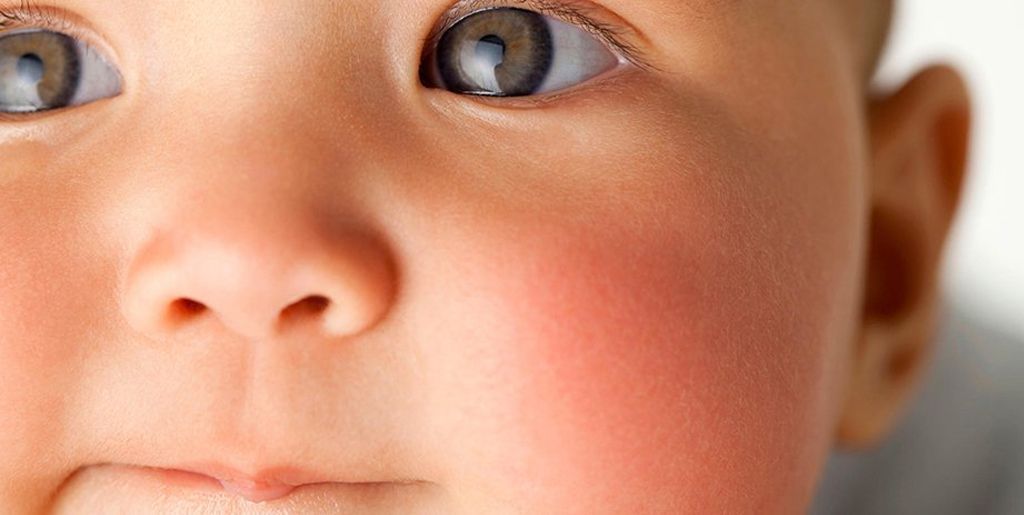
- Use a thick, unscented cream or ointment as a moisturizer twice a day.
- Use fragrance-free laundry detergent designed for sensitive skin.
Your baby’s pediatrician may be able to prescribe a steroid ointment to help reduce inflammation. Use this as directed by their doctor.
Milia are tiny white bumps on a newborn’s nose, chin, or cheeks that look similar to acne. They can also appear on the baby’s arms and legs. The bumps are caused by dead skin flakes becoming trapped near the skin’s surface. Like baby acne, milia go away without treatment.
However, you can use the same at-home care:
- Wash your baby’s face daily with plain water or if needed, an unscented or gentle soap.
- Do not scrub hard or pinch the irritated areas.
- Avoid lotions or oily face products.
Cradle cap looks like scaly, yellowish, crusty patches on the baby’s head. Depending on your baby’s skin tone, the patches may appear yellowish, brown, purple, or grey.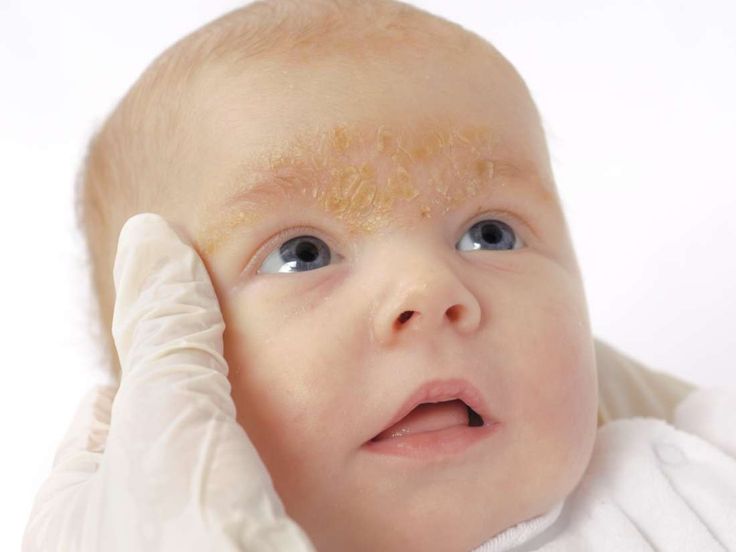
Cradle cap usually develops when a baby is 2 or 3 months old. There may also be redness surrounding the patches. This rash may also appear on the baby’s:
- face
- eyebrows
- neck
- ears
- armpits
Cradle cap is not harmful to your baby. It’s not itchy like eczema. It’ll go away on its own in a few weeks or months without treatment.
Some things you can do at home to manage cradle cap are:
- Wash your baby’s hair and scalp with a gentle shampoo.
- Brush scales out with a soft-bristled hairbrush.
- Avoid washing hair too often, as it’ll dry out the scalp.
- Use baby oil to soften the scales so they’re easier to brush out.
Heat rash is caused when sweat gets trapped under the skin because of blocked pores. It’s usually caused by exposure to hot or humid weather. When a baby gets heat rash, they develop tiny, red, fluid-filled blisters. These can appear on the:
- neck
- shoulders
- chest
- armpits
- elbow creases
- groin
The rash generally goes away within a few days without treatment. However, see your baby’s doctor if they develop a fever or if the rash:
However, see your baby’s doctor if they develop a fever or if the rash:
- does not go away
- looks worse
- gets infected
To avoid overheating, dress your baby in loose-fitting cotton clothing during hot summer months. Take off extra layers if they get too hot in cooler weather.
Hand, foot, and mouth disease (HFMD) is a highly contagious viral infection. HFMD commonly causes blisters or sores to appear in or around the mouth or on the hands or feet. The rash may be seen in one or more of these locations.
The rash looks like red blisters or bumps. As the disease progresses, the sores may crust over. The spots may be harder to identify on darker skin tones.
While it can occur in anyone, it’s more commonly seen in children under 5 years old.
Additional symptoms may include:
- fever
- decreased appetite
- general malaise
- drooling
- irritability
- sore throat
- headache
Because HFMD is a viral infection, there is no treatment.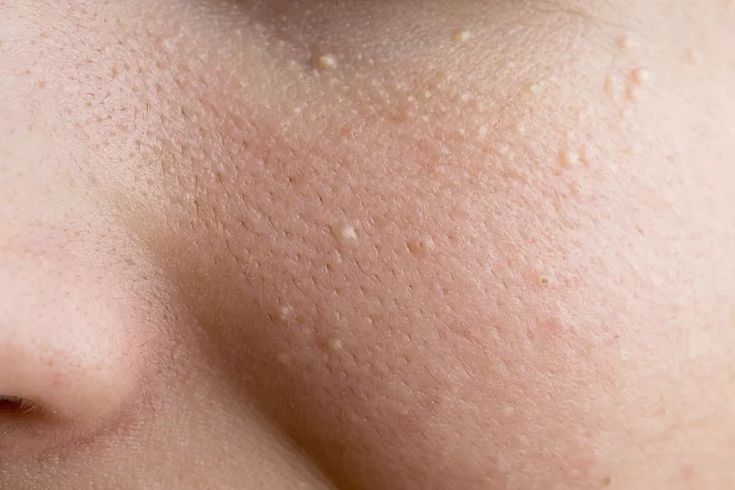 People typically recover within 7 to 10 days.
People typically recover within 7 to 10 days.
Talk with your baby’s pediatrician to determine if you can offer baby acetaminophen (Tylenol) to help make your child more comfortable while they recover. Your pediatrician may also recommend ibuprofen (Motrin) in babies 6 months and older.
A pediatrician may also be able to recommend over-the-counter or prescription topical ointments to help relieve pain from the sores.
Limit acidic or spicy foods, such as citrus, as these can irritate the sores. Instead, offer cold foods, like popsicles, to help soothe sores in the mouth. It’s also important to keep your child isolated and out of care settings until the sores have healed. HFMD is extremely contagious.
These skin conditions are generally harmless and usually go away on their own with little or no treatment. You can help your baby avoid irritating the area by keeping their nails short and putting soft cotton gloves or socks on them at night.
If you’re concerned or feel that your child may require medical intervention, talk with their pediatrician.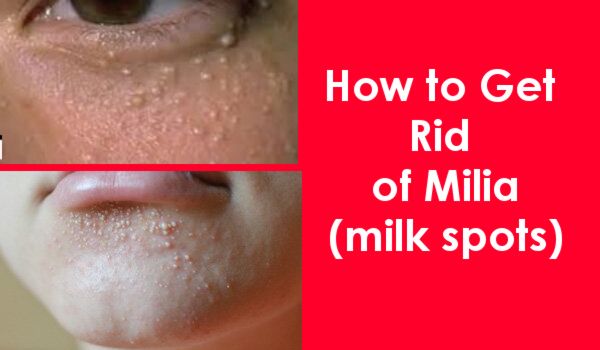
Red pimples on the face of a newborn: symptoms, causes and treatment
Allergic rash in a newborn
An allergy in a baby is an unfavorable immune response of a child's body to a potentially dangerous substance. Most often, an allergic rash occurs against the background of the use by a nursing mother of products that can act as an irritant. This group includes:
- cow's milk;
- soy [1] and egg white;
- fish;
- strawberry;
- nuts.
The first sign of developing allergic rash is peeling. Pathological foci with dry skin on the face of a newborn are formed symmetrically, localized on the cheeks and on the forehead.
It is necessary to consult a doctor if the appearance of rashes affects the general condition of the baby. Irritability, restless sleep, disorders of the gastrointestinal tract, fever and vomiting are dangerous symptoms that should be stopped immediately under the supervision of a pediatrician.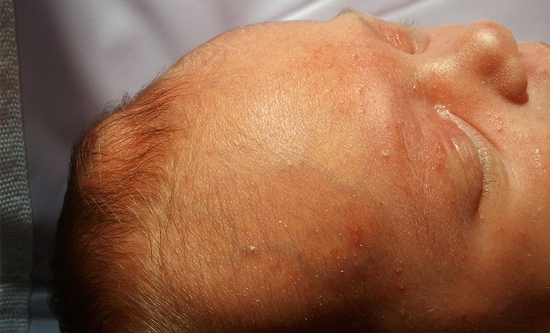
Neonatal acne
Neonatal acne may appear in the first weeks of a child's life on the forehead, nose and cheeks. In appearance, they resemble acne with purulent heads, characteristic of a teenage rash. It is assumed that the cause of the appearance of acne is increased production of sebum , which clogs the ducts of the sebaceous glands and provokes an inflammatory reaction.
The pathogenesis of the appearance of small pimples in newborns is also associated with the processes of the formation of the hormonal system. The body gets rid of the transplacental influence of maternal androgens [2], adrenal hormones begin to be produced more intensively, which affect the condition of the skin.
Neonatal acne does not require treatment [9] - standard daily care using delicate soap or baby cosmetics is sufficient. In most cases, pimples that appear on the face go away on their own by 4 months of age.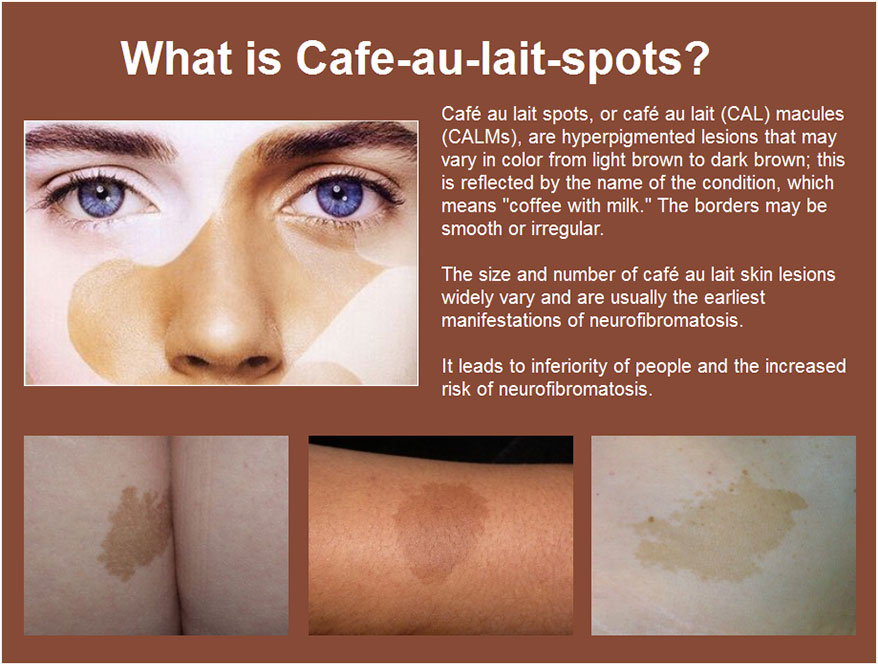
Miliaria
Miliaria is a skin lesion that is associated with hyperfunction of the sweat glands and irritation of the excretory ducts . The disease can develop due to improper skin care newborn, with a long stay in hot rooms and the wrong choice of clothing (the child is heavily wrapped up).
Miliaria resembles an allergic rash, but differs from it in localization. Signs of allergy most often appear on the skin of the child's face, and with miliaria, rashes form throughout the body - most often in natural folds, on the neck, lower abdomen and upper chest.
What prickly heat looks like:
- small blisters with clear contents, prone to burning and itching;
- in difficult cases, reddish nodules with an inflamed rim;
- with extensive skin lesions - weeping areas.
Miliaria itself is not dangerous to the health of the child. But damage to the skin is fraught with the addition of a bacterial or fungal infection. In this case, purulent processes develop, the skin becomes edematous, a putrid odor appears. Red pimples with prickly heat cause discomfort in the child - he becomes capricious and irritable, refuses to eat and sleeps poorly.
In this case, purulent processes develop, the skin becomes edematous, a putrid odor appears. Red pimples with prickly heat cause discomfort in the child - he becomes capricious and irritable, refuses to eat and sleeps poorly.
Seborrheic dermatitis
In addition to red pimples, yellowish scales may appear on the skin of a newborn. These are signs of seborrheic dermatitis, a disease associated with increased secretion of sebum. Scales are formed in the first month of life in areas of the body with a large accumulation of sebaceous glands - on the scalp, upper third of the back, on the face, chest and in the area of the auricles. Seborrheic dermatitis is sometimes called "milky crusts", which may be associated with the use of unsuitable cosmetic products for baby skin care.
In fact, the disease is caused by a high content of maternal hormones in the blood or a change in the biochemical composition of lipids on the surface of the skin [4].
Most childhood seborrheic dermatitis resolves on its own. Parents need only take care of proper care , but diligently remove the crusts is not recommended - you risk damaging delicate skin and causing infection. It is better to use specially designed products - such as Shampoo-foam from "milk crusts" for newborns. He facilitates the removal of scales in 90% of cases and soothes the scalp in 95% of babies [5.2]. The product contains 99% ingredients of natural origin. The shampoo is fragrance-free and has a tear-free formula.
In the presence of thick, dense scales, which are located not only on the scalp, but also in other areas, a good helper will be Cream for "milk crusts" which helps to completely remove "milk crusts" in an average of 7 days [5.3].
Atopic dermatitis
Atopic dermatitis is an allergic disease that is accompanied by chronic inflammation of the skin.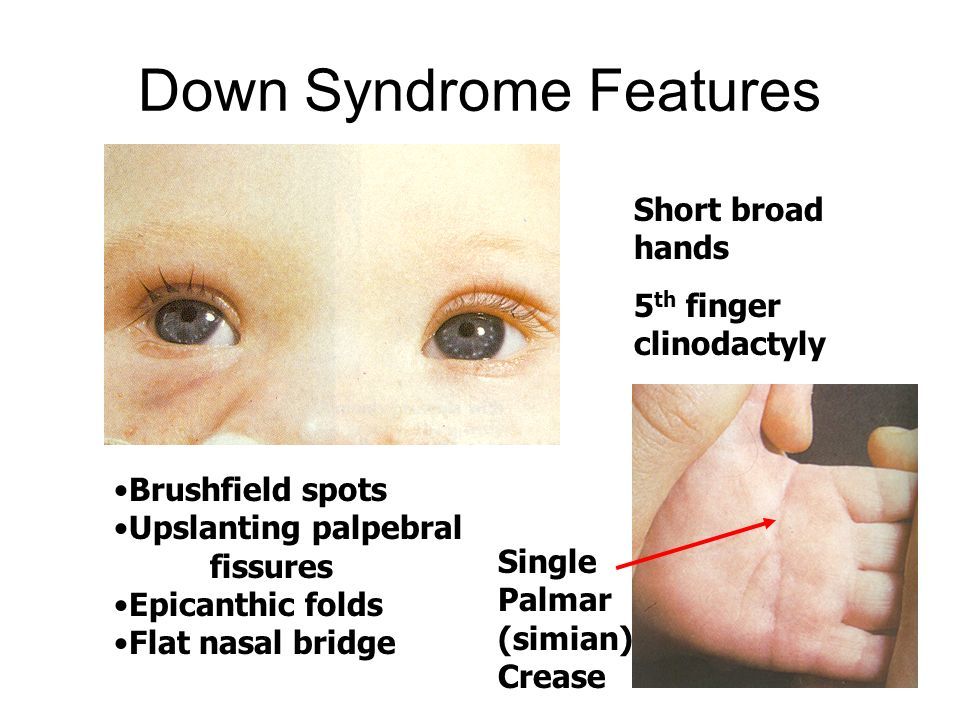 Causes of an uncontrolled allergic reaction in infants are:
Causes of an uncontrolled allergic reaction in infants are:
- food allergens - animal protein, soy products, certain types of vegetables;
- airborne allergens - household dust, pollen, pet hair, tobacco smoke, etc.;
- pathogenic microflora - fungi, viruses, bacteria.
Newborns are most often diagnosed with erythematous-squamous form of atopic dermatitis with signs of an acute inflammatory reaction:
- hyperemia of the skin;
- peeling;
- flat small papules.
Red spots are localized on the arms and legs in the area of the folds , on the sides of the neck, on the back of the hands and on the cheeks.
Children with atopic dermatitis are advised to regularly cleanse and moisturize their skin [6]. Anti-inflammatory drugs are prescribed only for extensive skin lesions that impair the quality of life of the baby - in this case, you should contact your pediatrician.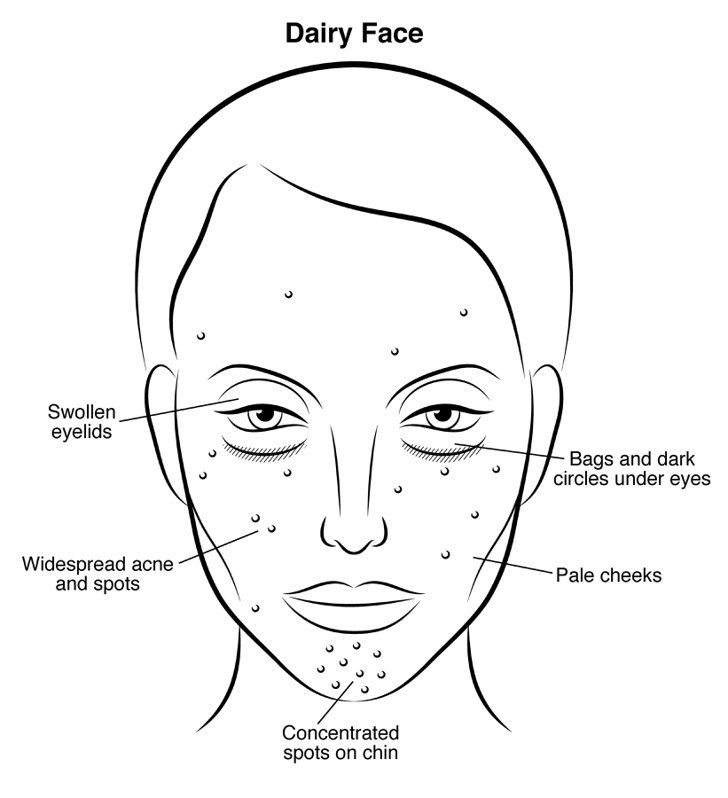
For daily care it is recommended to use STELATOPIA Emollient Cream . Studies [5.1] have shown that emollient:
- In 90% of cases reduces increased dryness of the skin [5.1] and reduces the likelihood of clinical signs of AD by 51% [10]
- Soothes itching in 91% of cases [5.1]
- Reduces inflammation after 32 hours [11]
Diaper dermatitis
This disease is better known as diaper rash and is accompanied by inflammation of the skin in the diaper zone in infants. Rash appears as a result of prolonged body contact with wet diapers - the skin becomes excessively moist and defenseless against damaging factors (chemical, physical, infectious). The situation is aggravated by the simultaneous effect on the skin of children's feces that remain in a diaper or diaper.
Diaper dermatitis is not localized on the face - pimples in newborns appear on the lower abdomen, on the convex surfaces of the thighs and buttocks.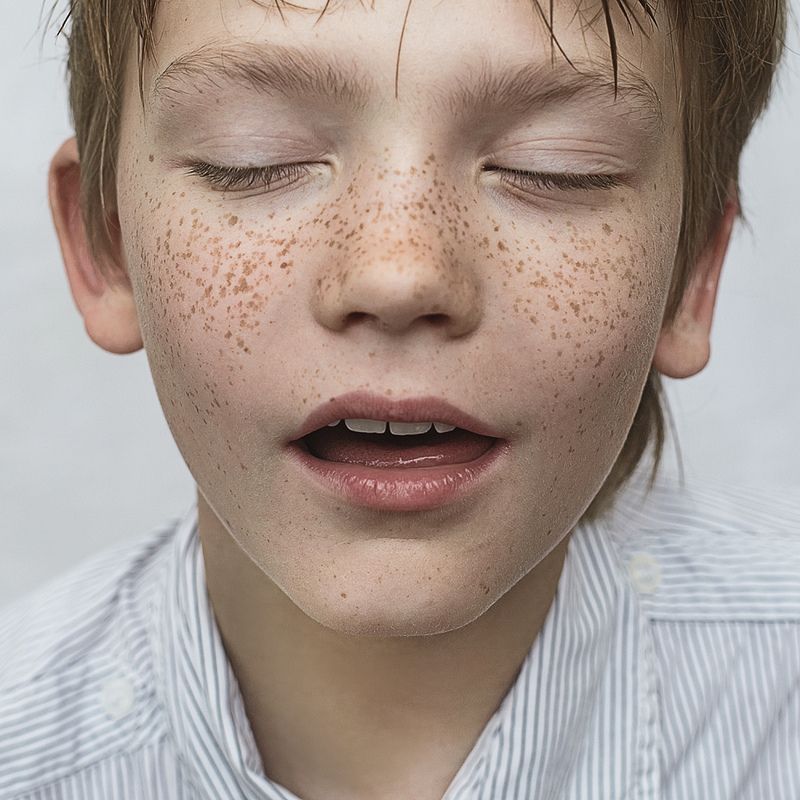
9 indicated for non-drug treatment of pathology0006 air baths [7], bathing in decoction of string and celandine [8] and meticulous hygiene procedures. For the prevention of diaper dermatitis and redness, it is recommended to use Diaper Cream 1 2 3.
Useful properties of the product:
- reduces redness and irritation by 80% from the first application [5];
- does not interfere with skin breathing;
- reduces the risk of exacerbations by 74% [5];
- protects, restores and soothes inflamed skin.
A number of dermatological diseases of newborns develop as a result of improper care, so parents should pay special attention to children's hygiene, and if the baby's condition worsens, immediately consult a doctor.
______________________________________________________________________________________
References:
1. Bhatia J, Greer F, for the Committee on Nutrition of the American Academy of Pediatrics. The use of mixtures based on soy protein in infant feeding.// Pediatrics, 2008; 121:1062–1068.
The use of mixtures based on soy protein in infant feeding.// Pediatrics, 2008; 121:1062–1068.
2. Herani M.I., Ando I. Acne in infancy and acne genetics // Dermatology 2003. Volume 206. Number 1. pp. 24-28. DOI: 10.1159/000067819
3. Zanko NI Efficiency of new technologies for skin care in young children: Ph.D. dis. ... cand. honey. Sciences, M., 2000
4. Naldi L., Rebora A. Clinical practice. Seborrheic dermatitis.
N Engle Gee Med. 360(4):387-96 (2009 January).
5. Results of the study 1035 F4.
5.1 Test results 1016F10.01.02
5.2 Test results 1008F4.01.16
5.3 Results of the study 1042F3.01.24
6. Thompson M., Hanifin J. Effective treatment of atopic dermatitis in children alleviates problems associated with food allergies
// GM Akad Dermatol.2005; 53: S214-S219.
7. Galliamova Yu.A. Diaper dermatitis and skin trauma in children. Attending doctor. – 2013; 9:42-6.
8. Zverkova F.A. Skin diseases in young children. SPb.: Sotis, 1994.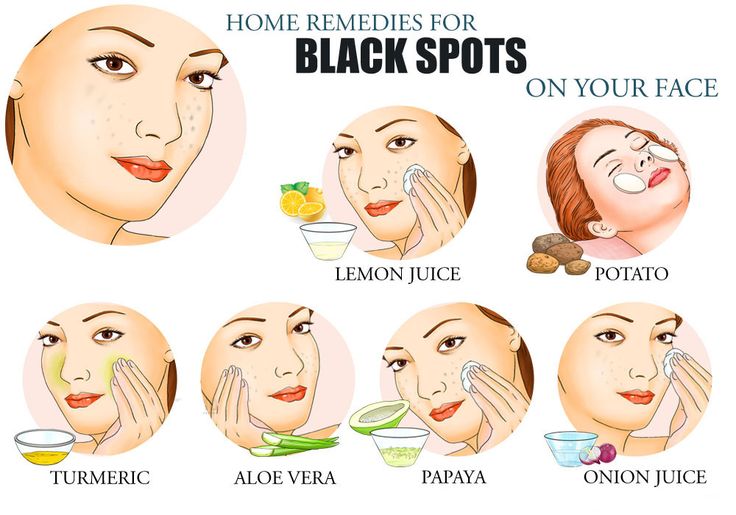
9. Tamrazova OB, Zaslavsky DV Diseases of the sebaceous glands in infants. Medical advice. 2019; 2:152-160.
10. Atopic-prone skin: latest discoveries (Laboratoire Expansion Center for Development and Research)
11. Inhibits the synthesis of inflammatory mediators. “A study of the activity of sunflower oil distillate on inflammatory mediators. June 2010»
Children's birthmarks, recommended medical supervision. Lakhta Junior in St. Petersburg
Let's talk about children's birthmarks, their possible and most common options.
“Like a baby,” we envy about the most healthy, satiny, velvety, uniform skin. But the idea that any spot on the skin of a baby is obviously a pathology is nothing more than a myth.
Birthmarks are called so because they are often visible already in a newborn, although sometimes they appear at later stages of development. The color, size, shape of a birthmark can be very different. Some of these marks disappear over time, others become brighter and/or remain permanently.
Much and completely justified attention is being paid today to the dangers that moles carry in themselves in adulthood and old age. On the contrary, most children's moles do not pose any danger.
Vascular ("stork's mark", "angel's kiss", hemangiomas, venous malformations, etc.). The cause of such spots are problems with small blood vessels, usually transient. Vascular spots are distinguished by a red-violet color in one shade or another; may rise slightly above the surface of the skin or be flat.
Age spots (“café au lait”, melanocystosis, Mongolian spots, etc.). Formed by various skin cells; look, as a rule, brown-gray, usually do not rise above the skin.
Again, in most cases, both main types of birthmarks are quite safe and harmless. And yet, only a doctor can judge whether it is possible to confine oneself to observation or whether the stain is to be removed for medical reasons. This type of consultation is strictly required.
Let's take a closer look at the most common types of birthmarks.
Stork Mark (stork peck, stork mark, etc.).
This is the name in many countries for reddish-pink spots that a newborn may have on the back of the head or back of the neck. As a rule, such spots do not rise above the surface and have an uneven shape. Most often, the stork mark occurs in children with fair skin.
The explanation that this is a trace of the "transportation" of the baby by the stork, older brothers and sisters, as a rule, is accepted unconditionally, and even with delight. "Stork peck" usually disappears without a trace by 18 months of age. Otherwise, especially if the stain causes noticeable discomfort, it is removed (for example, using minimally invasive laser technology).
"Port-wine stain"
Port-wine stain or, in medical terminology, flaming nevus - flat capillary moles, outwardly and really resembling a puddle of spilled purple-red wine. They occur with a frequency of 3-5 cases per 1000 newborns. With age, they can increase and acquire a darker shade.
Treatment is not usually required, but the skin in this area tends to become dry and irritated. Sometimes they resort to the method of laser removal, which, however, does not always completely eliminate the cosmetic defect.
"Strawberry hemangioma"
Obsolete name for infantile hemangioma, a bright red congenital benign vascular tumor that rises above the skin surface and has a characteristic surface texture. It occurs in about 5% of newborns, more often in girls, twins and premature babies.
Usually located on the face, head or chest; as a rule, decreases with age and finally disappears in the preschool period. It is possible to remove a hemangioma, especially if it is large and / or located near the eyes, nose, mouth. Both minimally invasive surgical and conservative methods of removal are practiced.
Venous malformations
These are blue-purple spots that can sometimes appear above the skin, especially during moments of intense crying. Venous malformations (lit. "malformations") are always congenital in nature, but sometimes remain almost invisible until adolescence. They can be located on any part of the body. Compared to other types of birthmarks, they are rare - in one case in about five thousand.
Cafe with milk
Localized abnormal pigmentation that occurs in 30% of people. The color of such a spot is usually light brown or beige, which is reflected in the name. The edges are usually even, the perimeter is sometimes darker than the inner area. In most cases, a café au lait pigment spot is quite harmless, but it can enlarge and/or darken with age. Such spots are subject to observation in dynamics, in some cases they can be removed.
Moles proper
Well-known round or oval formations resembling freckles. The color varies from light brown or pink-red to almost black. Sizes in individual cases also vary widely. They can be both flat and protruding above the surface.